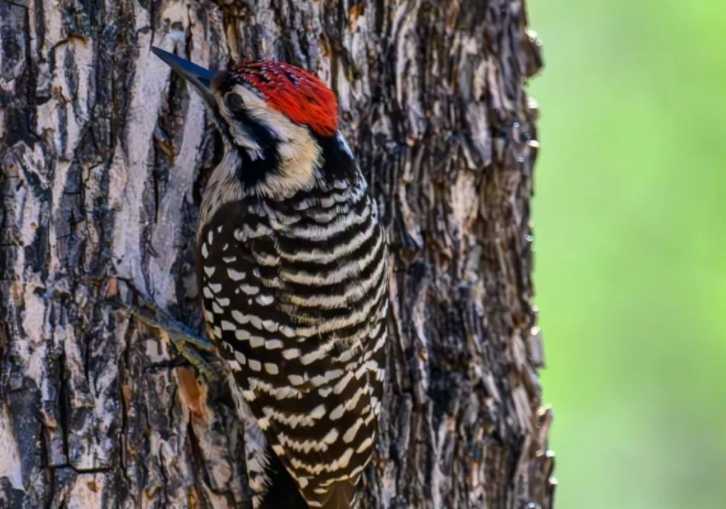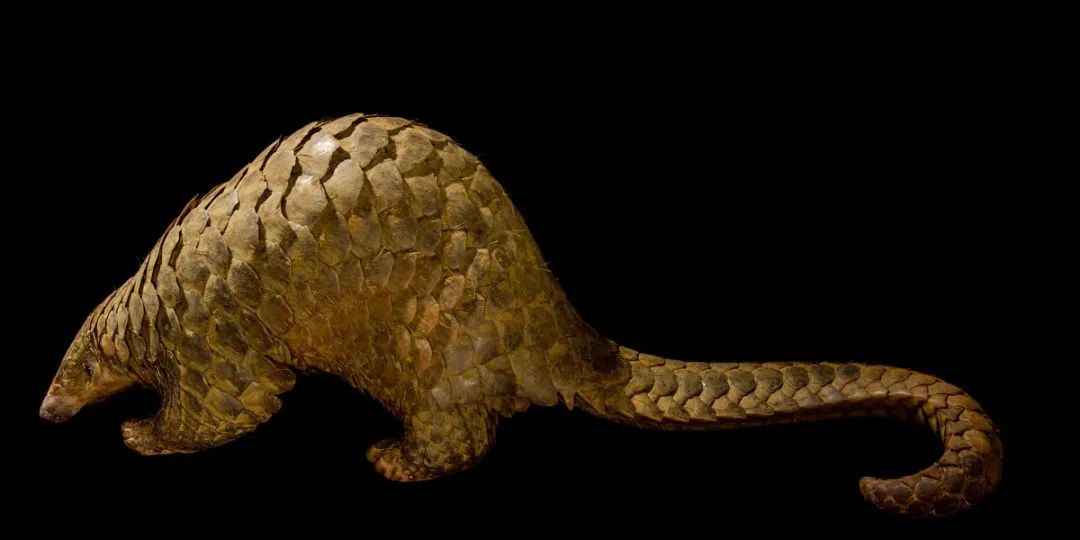The Long-Eared Jerboa: A Desert Dweller with Ears Larger Than Its BodyNative to the arid deserts of Mongolia and northern China, the long-eared jerboa (Euchoreutes naso) defies expectations with its disproportionately giant ears, which can reach up to 6 centimeters—longer than its entire head and body combined. This mouse-sized rodent, adapted to survive in harsh desert environments, has captivated scientists and animal enthusiasts alike with its bizarre appearance and unique behavioral traits.
June 20, 2025, 5:01 pm EDT
A Tiny Body with Giant Ears: Adaptations for Survival
Vulnerable Existence in a Harsh Habitat









